STORIES FROM BONES: 3D PRINTING BONES FOR PUBLIC ENGAGEMENT AND MAKING EDUCATIONAL RESOURCES
Reblogged from Day of Archaeology 2015: http://www.dayofarchaeology.com/stories-from-bones-3d-printing-bones-for-public-engagement-and-making-educational-resources/
Today I’m working at Hampshire Cultural Trust with Dave Allen. I’m lucky because my visit times with the regular weekly volunteer day at the Archaeology Stores, managed by the Curator of Archaeology, David Allen.
To find out more about the work of David and the team, visit their excellent blog, which has a new post every Monday.
Hampshire Archaeology blog: https://hampshirearchaeology.wordpress.com/
—
Final post of the day! Goodness me its been a packed one!
I left the Archaeology Stores of Hampshire Cultural Trust near Winchester and am now down at the University of Southampton delivering some human remains from the site of Basing House near Old Basing in Hampshire to the osteo-archaeology lab. We dig at Basing Houseevery year, but we also do lots of exciting research over the winter and autumn months.
This afternoon, Ellie Williams has been working with me to design an education session that will be used by the learning team at Hampshire Cultural Trust. The work is part of a larger project called Stories from Bones that is supported by the Public Engagement Network at the University of Southampton.
The project which has been organised by Nicole Beale, Sonia Zakrzewski, Martin Browne, and Dave Allen, is an interdisciplinary collaboration between the Bioengineering Research Group, the Department of Archaeology, and Hampshire Cultural Trust.
Stories from Bones has resulted in some exciting findings about the human remains from Basing House and the environs. The team have worked with students in the two departments with mu-vis, a centre for computed tomography, to CT scan and then 3D print a misaligned femur as part of an effort to work with the Trust to develop interpretation panels and educational materials for public engagement.
We’ve been doing lots of neat stuff as part of this project, including printing bones in lots of different sizes to test using them for different kinds of educational purposes. Yvonne Zanker, an undergraduate student who worked on the CT scan data with us took this snap of one of our smaller 3D prints.
The eagle-eyed of you will notice in the image below that the 3D print is slightly smaller than the original. 5% smaller in fact. This is because the print is the maximum length that the printer could cope with!
We’re working closely with Hampshire Cultural Trust on some interpretation panels that will go on display in Hampshire museums, alongside the app, 3D prints and the original artefact.
We’ve also been taking Stories from Bones on tour. Here’s an image of the set-up at Winchester Science Festival. It was great to get people’s responses to the prints.
There is a poster about Stories from Bones available to download here.
Ellie has been recording the bones from Basing House, measuring them and taking some high-resolution images so that we can make some learning resources. There is a partial juvenile cranium from Basing House that we are going to use.
We have also selected two adult male crania from Anglo-Saxon Great Chesterford, which are part of the teaching collection here at Southampton. We’ll be using these as part of the education session as well because they are excellently preserved and will provide good examples.
The digitisation work today is a nice follow-on from the work that Ellie and colleagues have been doing in the past few weeks.
Over three weeks, Ellie, Sarah Stark, Thomas Dhoop, and a team of interns, worked day and night to reorganise and digitise Southampton’s important Great Chesterford collection. As part of this, key skeletal examples were chosen for structured light scanning and 3D printing.
This will form an important part of a teaching and outreach collection. And has already helped in the development of the Stories from Bones education materials.
Here are some screenshots of the data:
Sonia blogged about the intern programme here:https://generic.wordpress.soton.ac.uk/archaeology/2015/07/01/bioarchaeology-osteoarchaeology-southampton-interns-bosi/
I’m going to sign off now as the rest of the afternoon is dedicated to final checks of equipment and paperwork before the Basing House dig begins on Monday.
We’re very excited to be using the excellent ARK this year and so I want to play around with making a sub-module so that we can link images, RTIs, and 3D photogrammetric models of our special finds to the rest of the records. We’d like also to share the results of the 2014 and 2015 field seasons online using ARK, so I’m going to be working with Gareth Beale who is based at the Centre for Digital Heritage, University of York, to make that happen this autumn. If any of the lovely LP-Archaeology gang read this, input is always gratefully received!
—
Nicole Beale

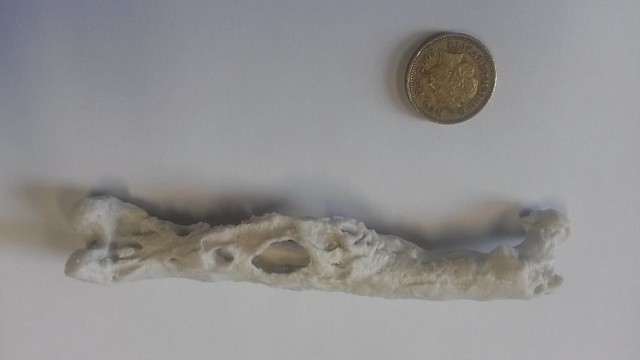
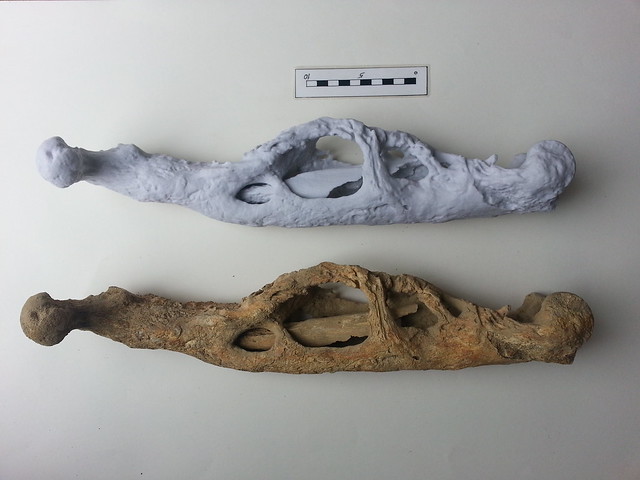

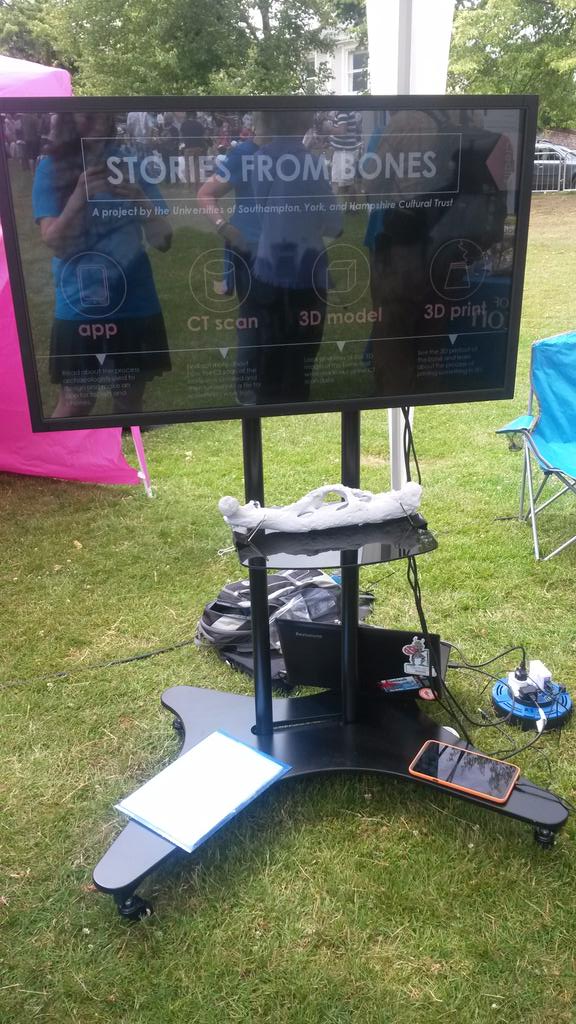
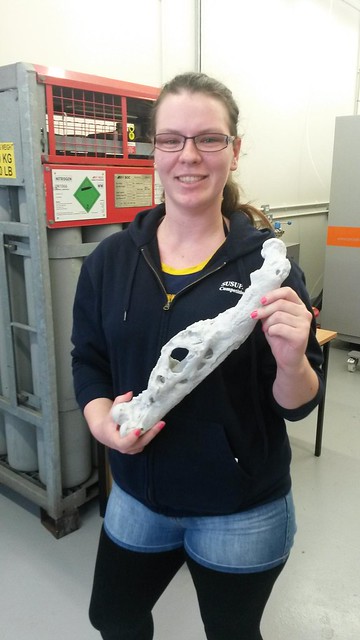
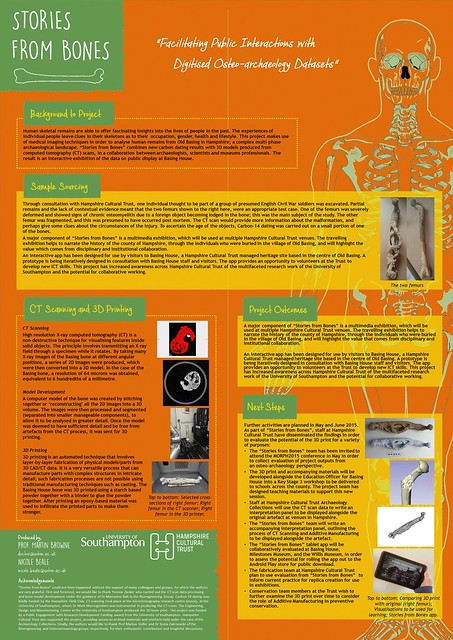
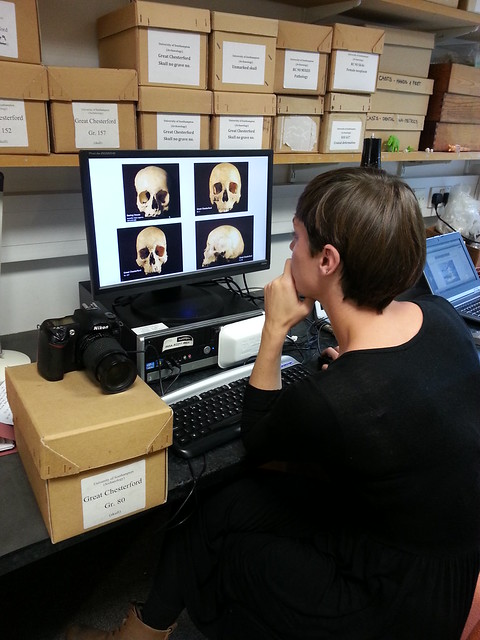
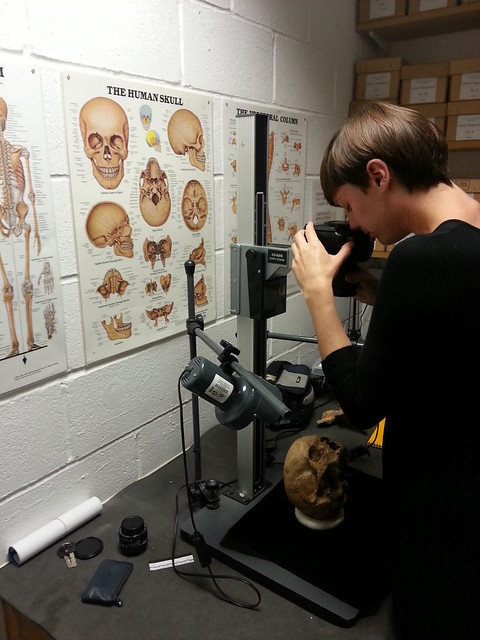
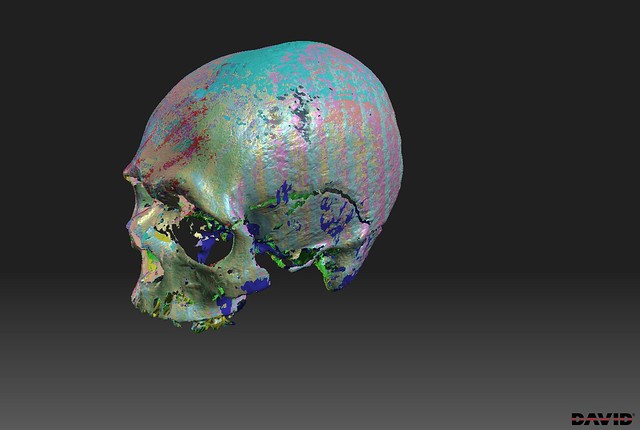
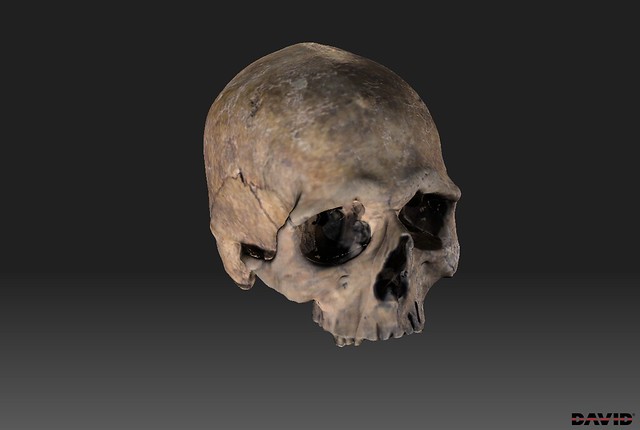
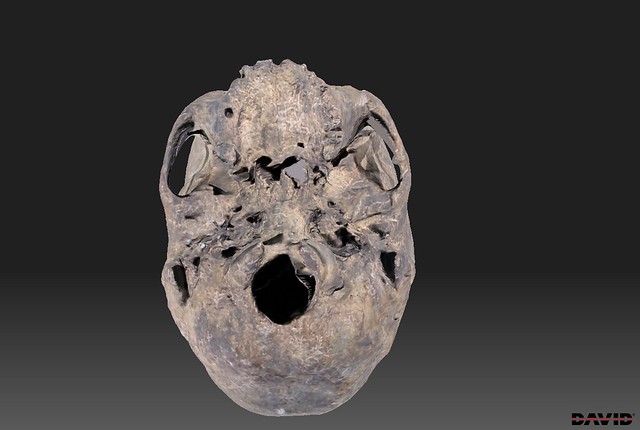
Leave a Reply